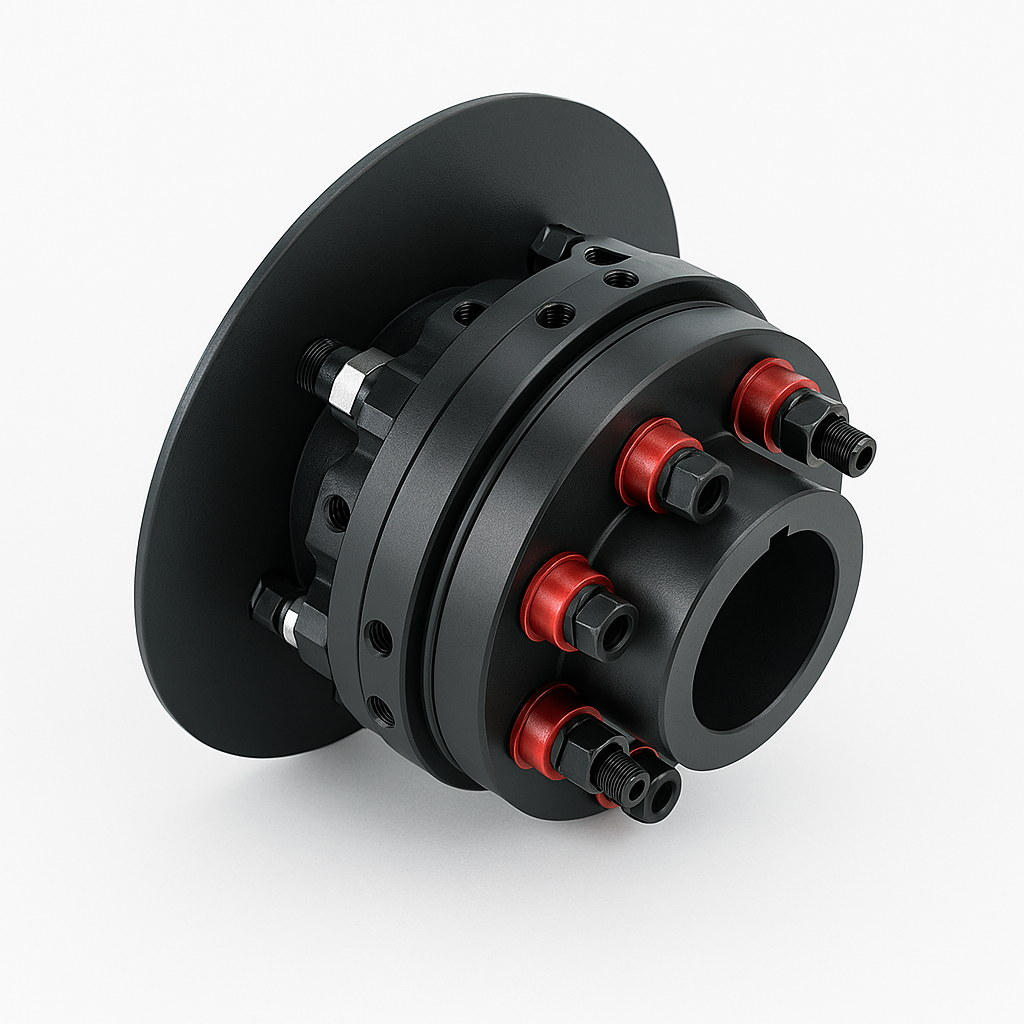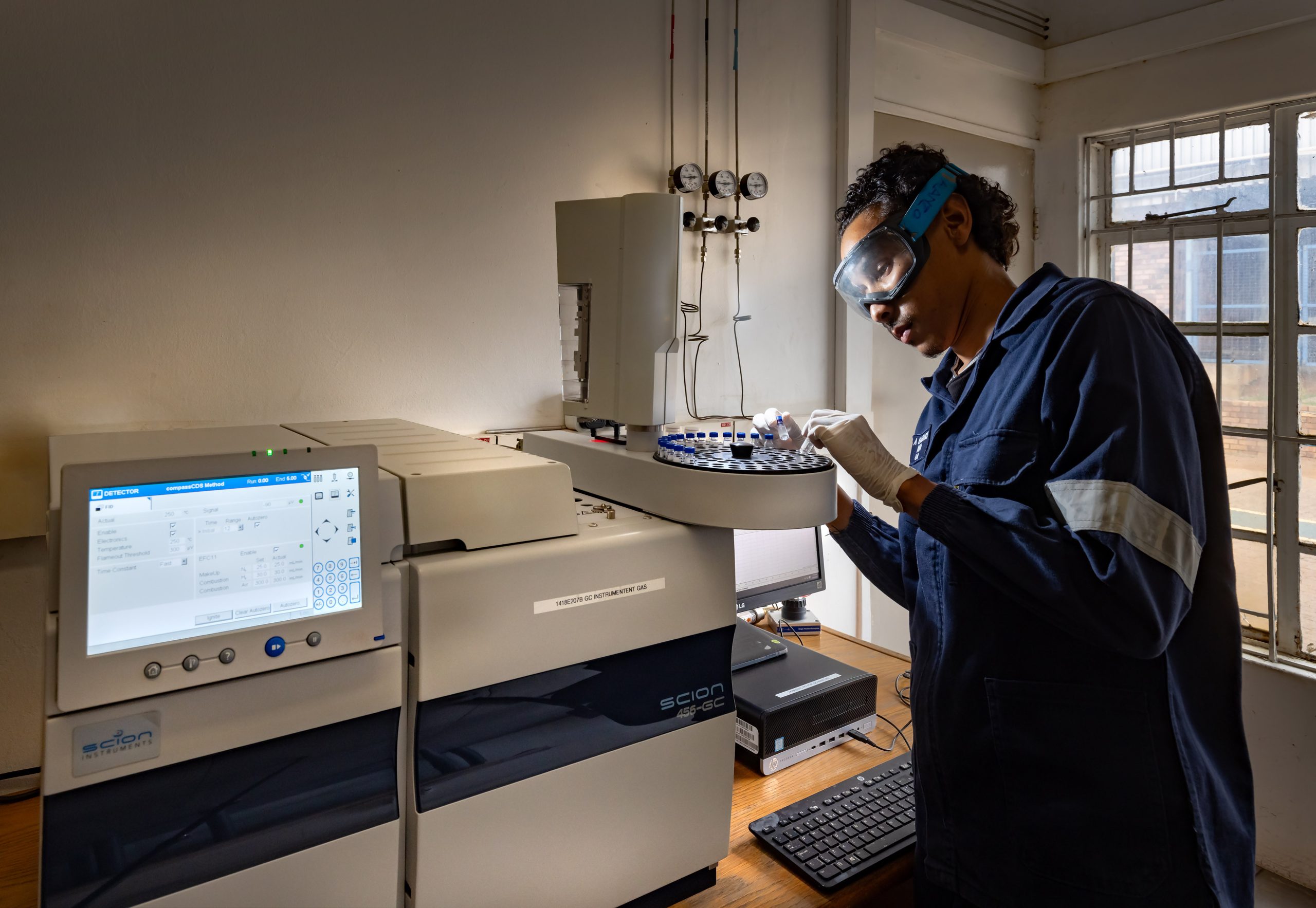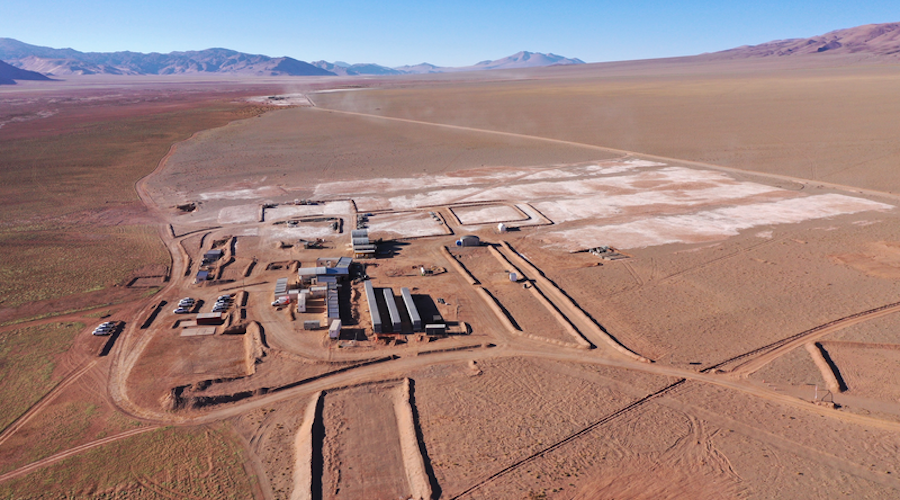World-first rescue technology tested in South Africa
This week marked a milestone for both South Africa and global mine rescue and safety protocols. As such, given that the mining industry puts zero harm and safety first, the events of this event should be highlighted.
The newly-developed mobile rescue winder allows proto teams to access shafts for rescue operations at depths of up to 3,000 m if required. The winder can carry up to six people as well as equipment and medical supplies. Previously, rescue winders could reach depths of 1,200 metres.
Mines Rescue Services (MRS) collaborated with the Minerals Council South Africa, the DMRE and labour at Gold Fields South Deep’s Twin Shaft to test the mobile rescue winder.
“South Deep’s Twin Shaft is unique in that it is the deepest single drop shaft in the world, reaching 3,000 metres. The new mobile rescue winder puts us in reach of any mining operation in South Africa in the event of an incident that prevents us from bringing our people back to surface, and will allow us to do so rapidly. It is an insurance policy we hope we never have to use, but feel comforted to have,” explains Martin Preece, Executive Vice President Gold Fields South Africa.
“Eight out of the ten deepest mines in the world are located in South Africa. Once the mobile rescue winder has been fully licenced by the DMRE, we will be able to access employees located at depths of up to 3,000 metres faster than we were able to before in the event of an emergency,” says Mannas Fourie, CEO of Mines Rescue Services.
Share this content:















Post Comment